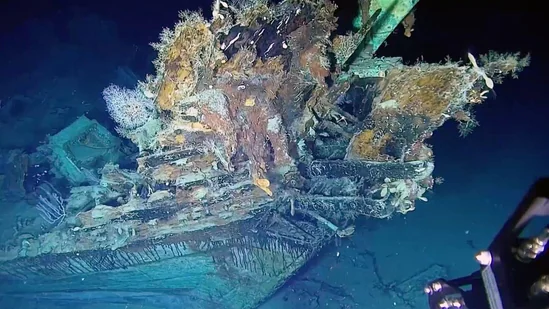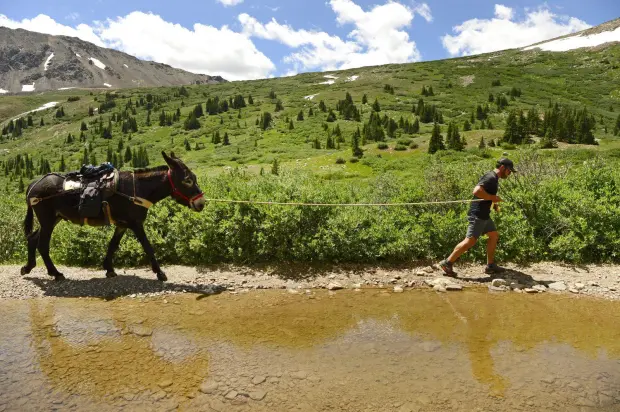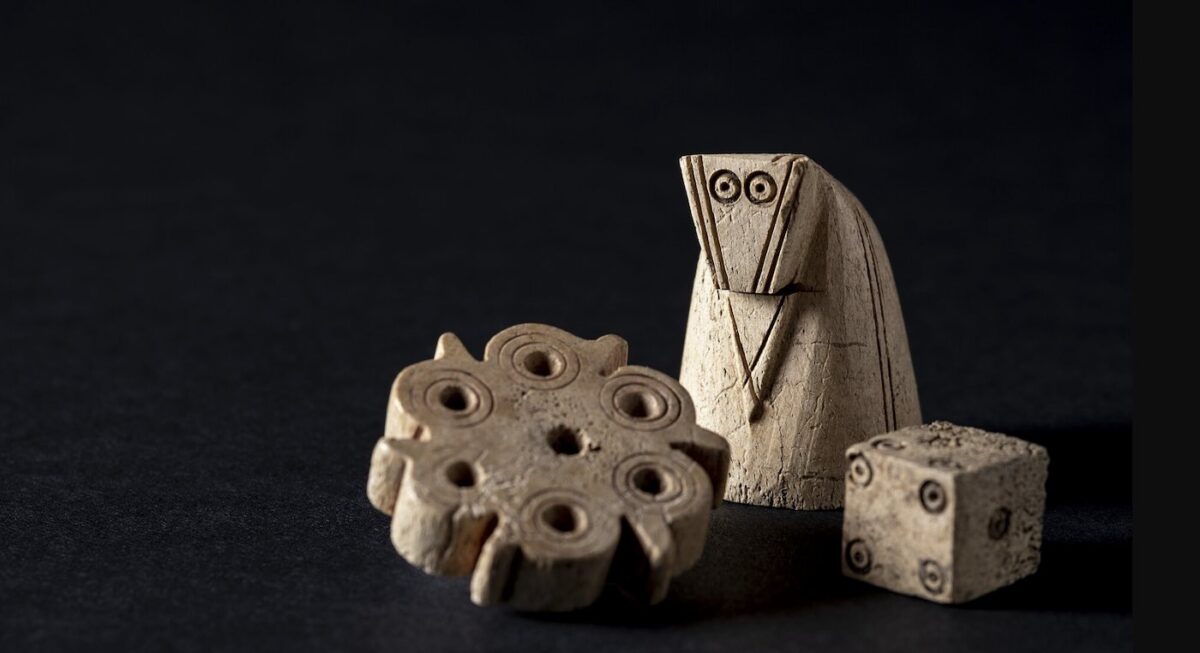Strangers Raise $54K for Terminally Ill 22-Year-Old Mom
A Northern Irishwoman faced a heart-wrenching reality when, just after celebrating her daughter Raeya’s first birthday, she received devastating news. Rachel Burns, only 22 years old, learned she had an advanced-stage brain tumor with a rare and aggressive mutation, leaving her with approximately four months to live.
Despite the grim prognosis, Rachel wasted no time. With the support of her partner, she launched a GoFundMe campaign to raise funds for an experimental treatment in Germany known as ONC201. This treatment, discovered in recent years, aims to induce tumor cell death through a specific genetic pathway.
The response was overwhelming. Within 24 hours, the campaign had raised £30,000, and support continued to pour in, bringing the total to £48,000 of their £60,000 goal within days. Rachel expressed profound gratitude for the outpouring of kindness from both local communities and strangers alike, highlighting how it had injected a glimmer of hope into their challenging situation.
Reflecting on the journey ahead, Rachel shared, “Belfast is a small place, but the generosity from people all over has been incredible. This support gives me hope that I can cherish more time with my family.” She also extended heartfelt thanks to everyone who had contributed to the fundraiser.
For those who wish to support Rachel and her family during this critical time, donations can be made through their GoFundMe page.




